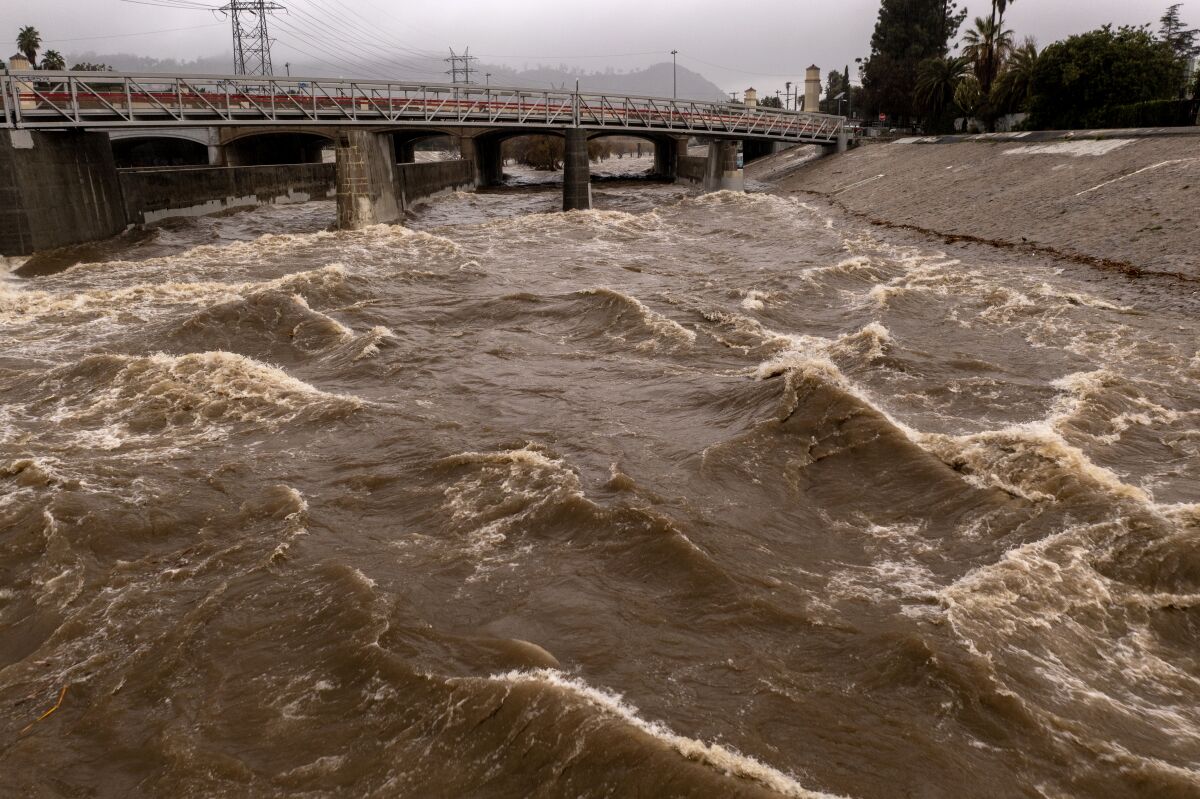Sponge Cities - What Are They?
Scientists predict that if the world does not drastically reduce carbon emissions and prevent global temperatures from rising above 1.5°C\ 2.7°F, we will experience irreversible and catastrophic consequences of climate change that could make the planet unlivable. Worsening climate change means more frequent and long lasting droughts, severe flooding, rampant wildfires, longer, hotter heat waves, and much more. However, there is one great solution every state and their cities within can adopt. It’s called Sponge Cities or Permeable Cities.
The ScienceDirect definition is: “ ‘Sponge City’ is managing stormwater through increased infiltration, detention, storage, treatment, and drainage. By implementing this concept, the impact of urban development on water-related problems and natural ecosystems is diminished.” ScienceDirect continues: “Stormwater management is a vital issue in sustainable urban development. Improper storm management in cities leads to waterlogging and flood formation, urban water scarcity, soil erosion, rainwater waste, and water bodies pollution (Jia et al., 2015, Jiang et al., 2018). Insufficient control of urban floods also causes social problems, such as the spread of infectious diseases and homelessness or death of human beings (Biasillo and Armiero, 2019). Restrictions on the design of sewers and drains and improper design of urban structures have led to pluvial flooding in many countries like China (Du et al., 2015, Liu et al., 2014, Shi et al., 2020, Yang et al., 2020)”

The Los Angeles River, which often runs at a trickle, is a raging torrent as powerful storms hit California on Jan. 5. From the LA Times.
In 2013 China adopted the practice of sponge cities in order to greatly reduce its flooding problem. This includes practices such as permeable pavement, green spaces, parks, green roofs, rain gardens, and rain harvesting systems above and underground. Sponge cities reduce flooding because non-permeable pavement is replaced with permeable pavement and large green spaces, allowing rainwater to be absorbed into the ground. This helps to replenish the water table and greatly reduce pollution of waterways by reducing stormwater runoff. Sponge cities can also combat drought by installing underground rain harvesting systems, as well as helping commercial buildings and homeowners install their own rain catchment systems along with green roofs.
Sponge cities are a great way to reduce carbon emissions and keep temperatures cooler outside during heat waves. During a heatwave, the water will evaporate and cool down the city. The expanded tree canopy along with green spaces filled with plants absorb carbon and provide needed shade and more oxygen. Less concrete and asphalt equates to less heat because the ground is cooler.
Sponge cities are a beautiful solution to clean up our air, water and beautify cities, leading to much more positive outcomes for the health of millions of people. If we work with nature based solutions this will benefit our health, well-being, create a welcoming space and create shovel ready green union/nonunion jobs.
Billions less will have to be spent on repairing damage from extreme weather, there will be less destruction, and this will help save lives. Adopt the practice of sponge cities and it’s a win-win for our future generations and our planet.
What can you do? Contact your city and/or state representative and ask them to make your city or neighborhood a sponge city.
Sydney M. Pitcher is one of our youngest volunteers under 30, sight impaired and on the autism spectrum. She is an active Sierra Club member within the Stop the Delta Conveyance (tunnel) Campaign.
Blog Category:


Add new comment